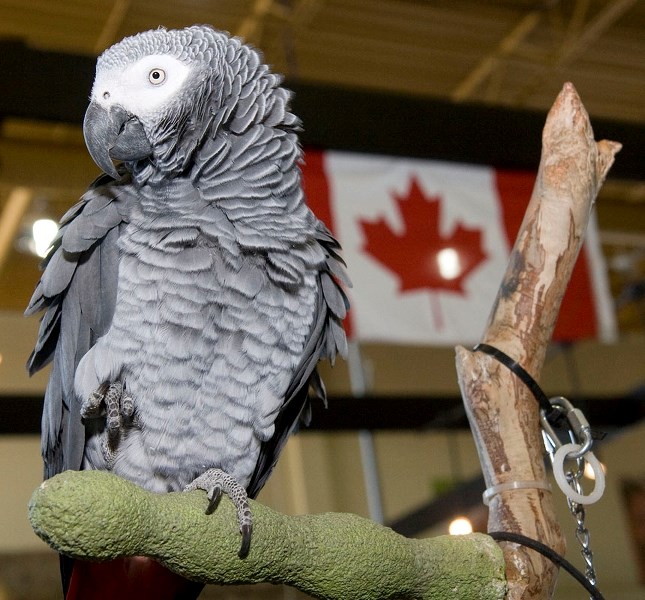Local time-travellers should remember to set their watches one second ahead this June 30 as researchers add a leap-second to the Earth’s clocks.
Researchers will add a leap second to Coordinated Universal Time (UTC) at 23:59:59 this Tuesday (5:59 p.m. Edmonton time), reports timeanddate.com.
Leap seconds are a chronological oddity created by the difference between atomic time (kept by atomic clocks) and mean solar time (UTC, kept by the rotation of the Earth), explains Frank Florian, vice president of science at the Telus World of Science in Edmonton.
Mean solar time defines a second as the time it takes for the Earth to make 1/86,400th of a rotation on its axis, explains timeanddate.com.
But shifts in the Earth’s mass (such as earthquakes) cause the Earth’s rotation to change subtly over time, Florian says. For reasons that aren’t clear, those shifts always seem to make the Earth spin slower. Atomic clocks, which define a second as the time taken for a Cesium-133 atom to vibrate 9,192,631,770 times, aren’t affected by this shift, causing solar time to fall behind atomic time.
“When you deal with GPS satellites that need very precise time, you need to make sure things are calibrated properly,” Florian says.
“That one second, believe it or not, makes a big difference in terms of positioning of a person on Earth.”
As a result, researchers now add a leap second onto solar time whenever it gets 0.9 seconds out of sync with atomic time, making it so that a minute lasts 61 seconds instead of 60. This has happened 25 times since the practice started in 1972, and is next set to happen Tuesday.
Unless you have an atomic clock, it’s probably not worth it to tweak your watches ahead one second Tuesday, says Ronnie Nyenhuis, St. Albert resident and co-owner of Edmonton’s Golden Hour Clock Shop. Most clocks lose or gain far more than a second over the course of a year.
Researchers have discovered a new brain structure that they think explains why parrots can talk.
Neurobiologist Mukta Chakraborty, of the Duke University Medical Centre, published a study this week in PLOS ONE on the discovery of a unique core and shell structure in parrot brains.
The study is part of a global effort to study the genes of some 10,000 bird species to figure out how they evolved, Chakraborty says. As part of it, her team was studying how parrots, songbirds and hummingbirds mimicked sounds.
Researchers have previously found that these birds have a specific region of their brains associated with singing and learning sounds.
Chakraborty and her team were studying the gene PVALB, which they had previously found concentrates in the bit of the brain associated with sound mimicry. But when they stained parrot brain samples to detect the gene, they found it showed up in not one but two places: both in a “core” area seen in other birds and in a “shell” region around it.
They found similar core-shell structures in nine different parrot species but did not find them in any songbirds or hummingbirds. They also found that parrots that are better at mimicry, such as the African grey, had bigger shells relative to their cores. They concluded that this extra shell structure might be what makes parrots such good linguists.
Parrots are thought to use mimicry to calm mates with familiar sounds, says Adrian Theroux, general manager of St. Albert’s Paradise Pets. Most can learn any sound they hear repeatedly, although food rewards help.
Spike, an African grey parrot at the store, probably knows about 100 words and sounds at this point, he noted.
“She barks and meows and quacks and ribbits and telephones and doorbells and all that kind of stuff.”
Chakraborty says she hopes this research will shed new light on how humans learn to speak.




